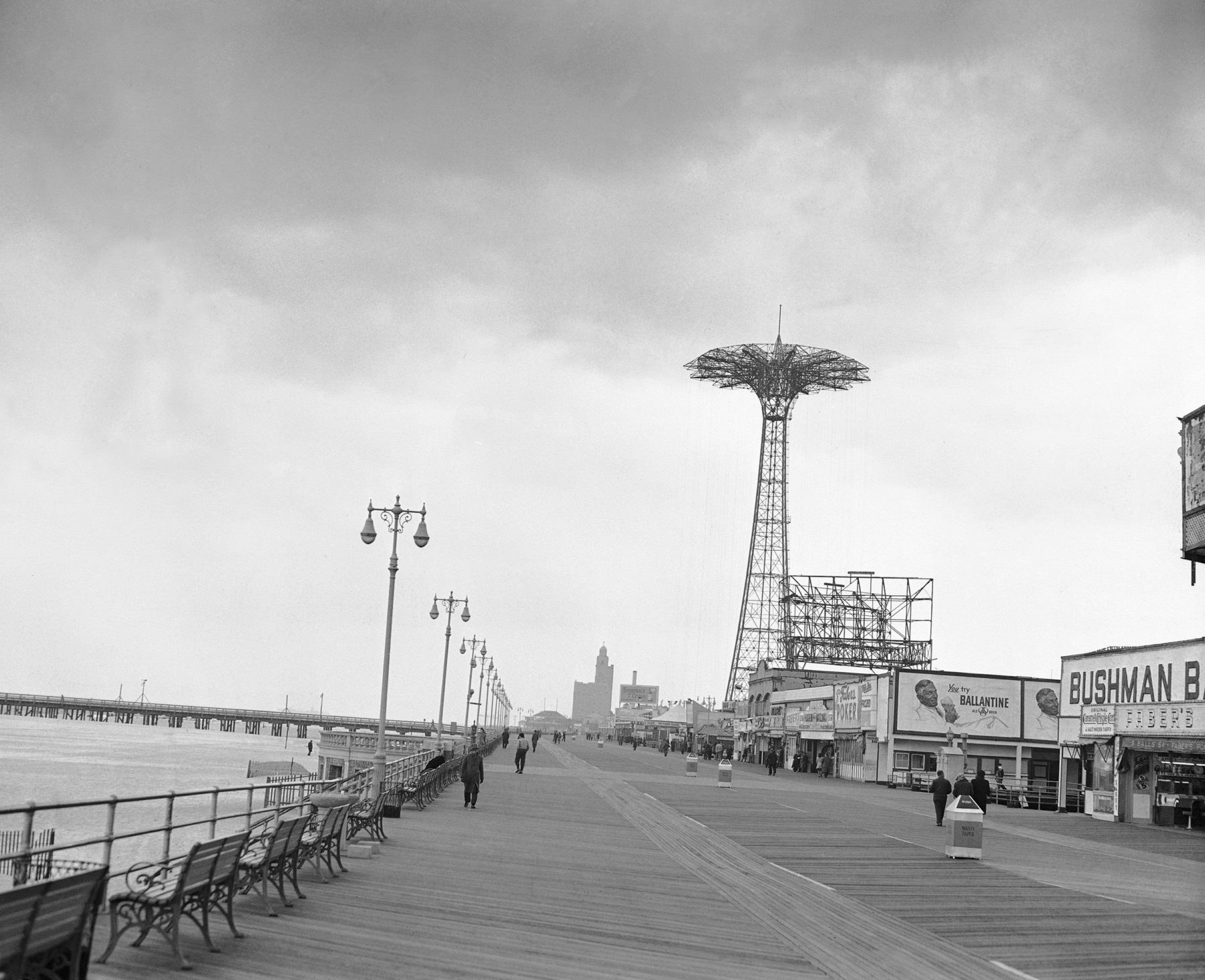Ask a historian: What’s the story with Coney Island’s brothels of yore?

Coney Island on May 15, 1947. AP Photo/Robert Kradin
David from Coney Island asks: What’s the story on bordellos in Coney Island?
That question sounds a little shady to me.
But considering that in the late 19th century, police counted 500 professional criminals in New York and 5,000 prostitutes — I see your point. More than 2,000 worked the streets, houses and cabarets of Brooklyn.

Coney Island
View MoreIn just a little over an hour, you can be transported from the glitz and glamor of Manhattan to the old-school amusement of Brooklyn's storied Coney Island. The destination offers thrills, sun, surf and a unique brand of entertainment that will feel worlds away from the rest of the City.